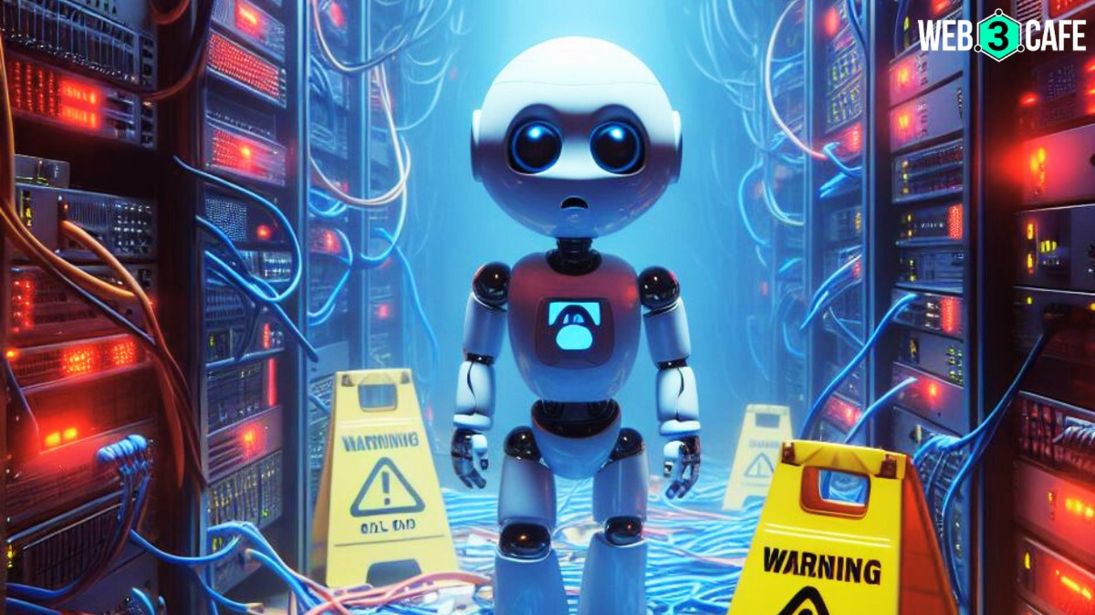ChatGPT-maker OpenAI introduces guidelines to evaluate & mitigate 'catastrophic' AI risks
OpenAI, the developer of ChatGPT, has issued new guidelines to mitigate catastrophic risks in artificial intelligence. A document was released by OpenAI which talked about ensuring safer AI models.
 artificial intelligence
artificial intelligence
Highlights
- OpenAI releases guidelines to mitigate AI risks
- A document titled ‘Preparedness Framework’ talks about it
- The risks have been divided into four categories for AI models
OpenAI, the pioneering force behind ChatGPT, has taken a proactive stance against the potential catastrophic risks associated with artificial intelligence (AI). Sam Altman, the CEO, recently unveiled a comprehensive set of guidelines aimed at steering users away from these risks.
Sam Altman's warning In a bold move,
Sam Altman, returning as OpenAI's CEO under Microsoft's umbrella, issued a stark warning to consumers. The guidelines, released on a Monday, emphasise the looming "catastrophic risks" posed by AI and the urgency of addressing them.
The preparedness framework
OpenAI's newest guidelines, encapsulated in the "Preparedness Framework," shed light on the shortcomings in the current scientific study of AI risks. The document outlines a strategic approach to evaluate and manage these risks effectively.
Addressing the gap
OpenAI expresses concern, stating that the scientific community falls significantly short in studying the catastrophic risks of AI. The framework aims to bridge this gap, providing a structured methodology to assess and mitigate potential threats.
Monitoring and evaluations team
In October, OpenAI introduced a dedicated team focused on assessing "frontier models" with capabilities surpassing current AI standards. Their mandate is to evaluate risks comprehensively and assign a risk score ranging from "low" to "critical."
Four categories of risks
OpenAI classifies AI risks into four pivotal categories, each posing distinct challenges:
- Cybersecurity - Focusing on the model's potential for large-scale cyberattacks, this category evaluates the security implications of advanced AI systems.
- Biological Risks - Assessing the model's ability to contribute to harmful biological outcomes, including the creation of chemicals, organisms (viruses), or even nuclear weapons.
- Persuasive Power - Evaluating the extent to which AI models can influence human behavior, addressing concerns related to undue persuasion and manipulation.
- Autonomy - Exploring the potential autonomy of AI models and whether they could escape the control of their creators, posing risks to ethical guidelines.
Safety advisory group
Results from the evaluations will be transmitted to OpenAI's Safety Advisory Group, tasked with making recommendations to CEO Sam Altman or other board members. Models with a risk score exceeding "medium" will not be deployed.
OpenAI's commitment to navigating the complex landscape of AI risks is evident in the meticulous guidelines and evaluation processes outlined in the Preparedness Framework. By taking a proactive approach, the company sets a standard for responsible AI development, emphasising safety and transparency.


COMMENTS 0